
Product Name Cat # Price; HPLC Chromatography Vial, 2mL CLEAR Glass vial with Writing Area, Flat Base w/ graduations, 9-425 Open Top Ribbed Screw Cap with 9mm White PTFE/Red Silicone Septa 1mm Thick, Vial size: 12 x 32 mm, 10 packs of 100, total 1000/CS

Jun 20, 2016 · Normal-Phase HPLC The column is filled with tiny silica particles, and a non-polar solvent, for example, hexane. A typical column has an internal diameter of 4.6 mm or smaller and a length of 150 to 250 mm. Non-polar compounds in the mixture will pass more quickly through the column, as polar compounds will stick longer to the polar silica than

HPLC can be applied to just about any sample, such as pharmaceuticals, environmental, forensic, food, nutraceuticals, and industrial chemicals. In HPLC, separation is achieved through the distribution of the analytes between a stationary phase packed in a column and a liquid mobile phase that is pumped through the column.
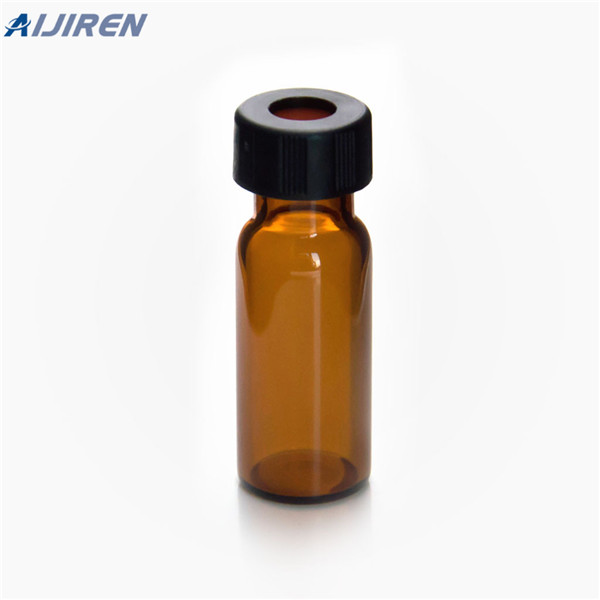
MS® Sample Vials. Order Information MS Items Products Name/Size Pcs/pk Price US$ LBSV012C 2ml Clear vial, 8-425 screw top 100pcs $2.82 LBSV032C 2ml Clear vial, 8-425 screw top, graduated with writing area 100pcs $3.25 LBSV002C 2ml Clear vial, 9-425 screw top 100pcs $2.82 LBSV022C 2ml Clear vial, 9-425 screw top, graduated with writing area
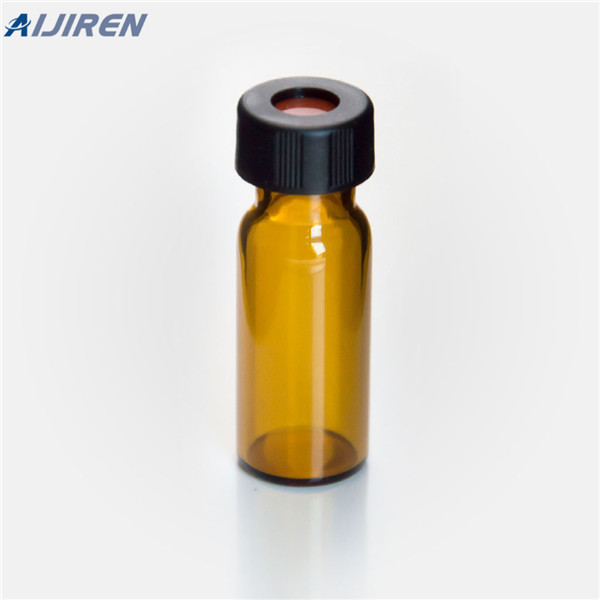
Feb 05, 2017 · Glass HPLC vials are ubiquitous in analytical laboratories and vendors have developed many varieties to meet the various needs of scientists. As such there may be multiple types of vials being used simultaneously in a single laboratory without much consideration as to which is best suited for analytical method development and validation.
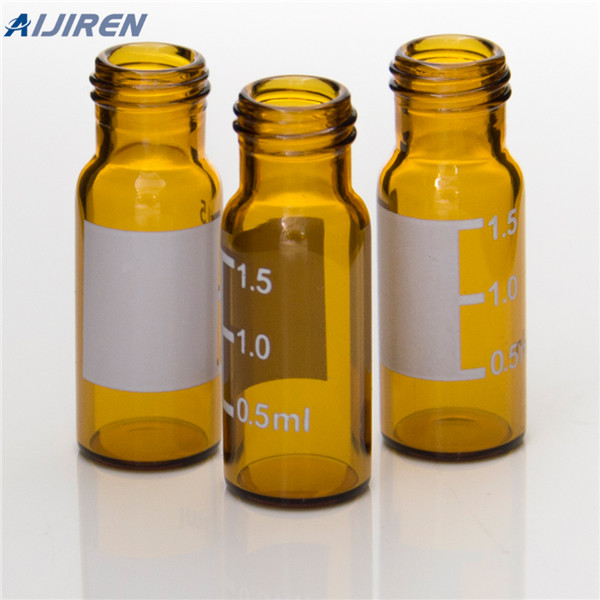
Description: These convenience kits are compatible with Shimadzu™ Prominence HPLC Systems and Nexera X2 UHPLC/HPLC Systems. ,89523-480PK,89523-484PK,89523-482PK,89523-478PK VWR® Shell Vials
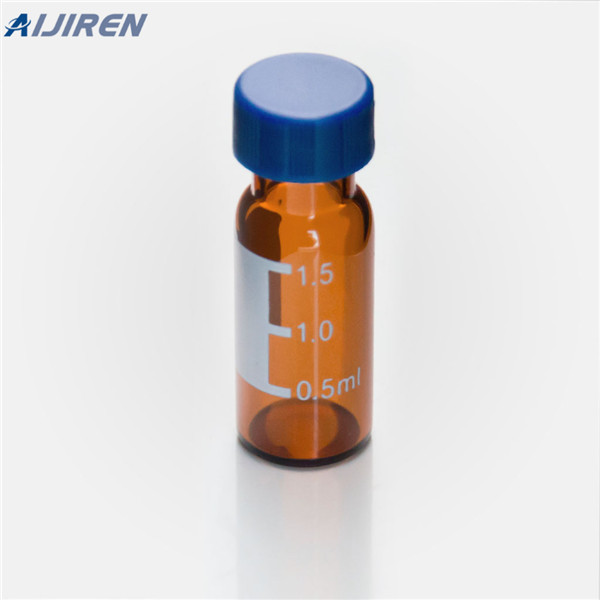
Waters columns are therefore standard equipment in every laboratory. The innovative columns lead to significant time and cost savings per sample in analysis processes, and thus lead to better quality of laboratory results. Choose from over 4,500 HPLC columns from Waters by narrowing down your search using the drop-down menu on the left.
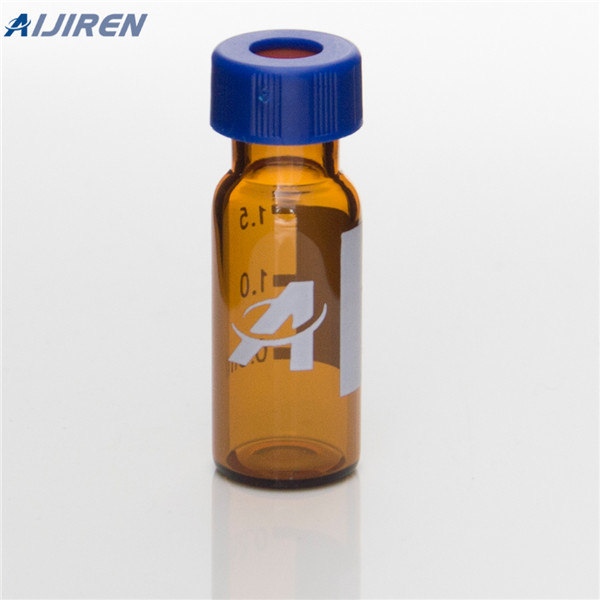
stability. The ability to inject large sample amounts (up to 1–2 ml per injection) makes HPLC a very sensitive analysis technique. HPLC and the nondestructive detection tech-niques also enable the collection of fractions for further analysis. In addition, modern sample preparation tech-niques such as solid-phase extraction and supercritical fluid

HPLC and Chromatography Sample Prep Supporting the Integrity of Your Sample Prep Results Whether you are pursuing goals in the life sciences, pharmaceutical methods, research and development, quality control, or specialty environmental applications, Pall’s HPLC and chromatography sample prep products offer

Sample Vials Wide selection of vials, including HPLC Certified vials (tested by HPLC for cleanliness) and LCMS Certified vials (tested for total ion count and presence of clusters in the high mass range). These are the cleanest vials in the industry.
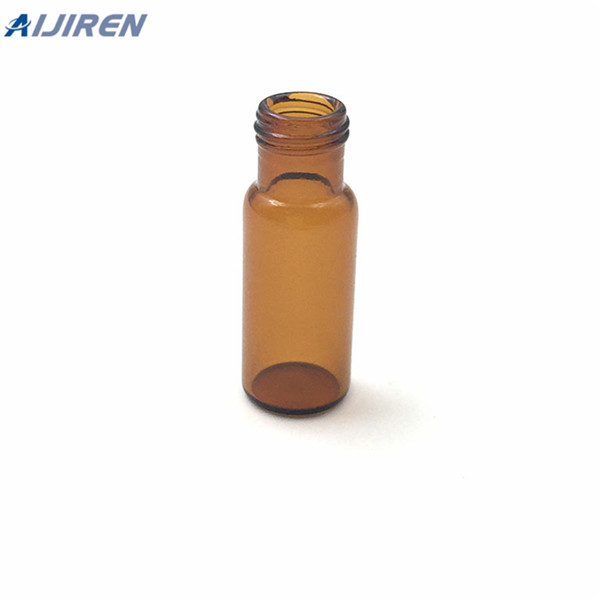
6. Preparation of a sample for analytical HPLC 1) Prepare a ~50 µM solution using HPLC solvent or other appropriate solvent 2) If the sample or solvents have not be previously HPLC chromatographed, filter the sample solution through a 0.2 um filter. You may not inject unfiltered samples. 3) Use volatile buffers ONLY.

4. Analyze the filtered sample by HPLC. Cosmospin Filter Components : Sample Reservoir Sample Collection Tube How to use : 1. Insert a Cosmospin sample reservoir into a Cosmospin sample collection tube. 2. Add a sample into the Cosmopsin sample reservoir. 3. Close the sample collection tube cap and centrifuge. 4.
.jpg)
2-D HPLC: Cation Exchange and Reversed Phase Chromatography Waste Mass Spec Data Analysis SCX (SEC) Peptides RP Protein mixture Digest pH < 3 MS/MS Data 1) Load peptides on SCX at 0% salt 2) Elute w/ increments of salt (0.1 M - 1 M) using injector program 3) a. Collect fractions and re-inject on RP column (OFF-LINE approach) or b. Inject
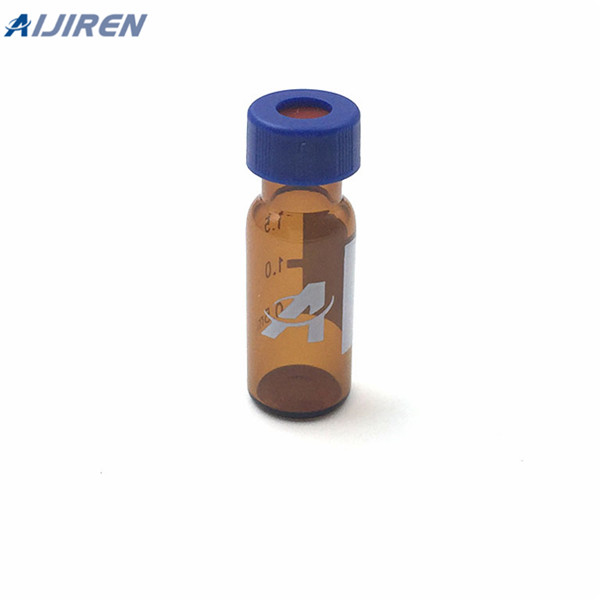
Feb 16, 2013 · Quality Water for HPLC Analysis. Water for HPLC is used in most mobile phases and also in sample preparation. Water has been rightly termed as a ‘Universal Solvent’ because it dissolves most substances, is easily available and has non-toxic nature but at the same time ordinary tap water is not used for laboratory applications because of its potential for interference due to presence of